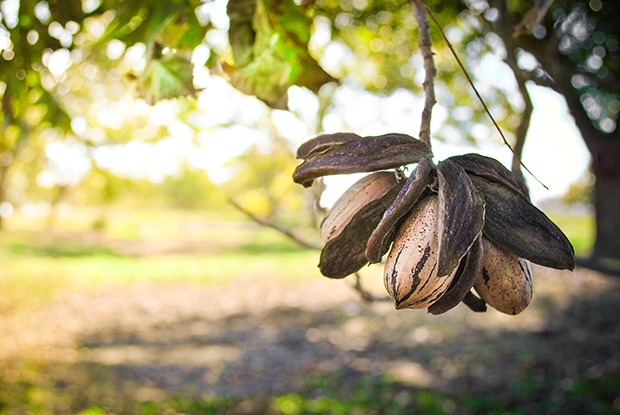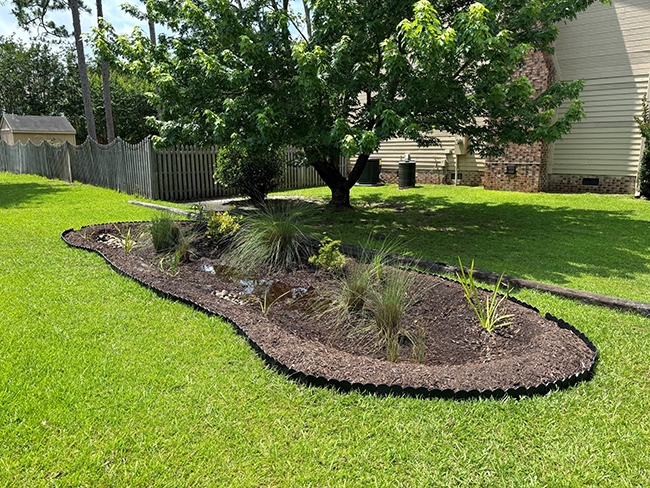A Tree of Nourishment & Nostalgia
02 Nov 2022
This fall go nuts – and plant a pecan tree
By Elizabeth Sugg » Photos by Ken Bosma

This fall as you consider adding a tree to your landscape, consider a native tree whose nuts are as identified with southern cooking staples as grits are. The pecan tree brings a distinctive quality to any panorama with its sleek leaves in rich green and its towering trunk, and it can live for 300 years or more. Though it may take several years for a pecan tree to mature enough to produce edible nuts, this tree will thrive through the Sandhills’ hotter seasons, and as it grows the branches will provide much needed shade.
Pecan trees are the only major nut tree that are indigenous to America. A member of the hickory family, the name means “nuts needing a stone to crack” in Algonquian. With a hardiness zone of six through nine, the pecan tree flourishes in direct sunlight and is perfect for warmer climates. Better yet, the tree can grow in sandy, wet or loamy soil, and even in clay. Expect it to grow about one to two feet each year, and within six, it may bear pecans.
Plan for the size because at maturity, the pecan tree can reach heights of 70 to 100 feet. Not only will you enjoy its towering beauty over the years, the tree will also provide food for wildlife and add to the nature being cultivated in your backyard.
Pecan Planting Guide
(excerpted from gardeningknowhow.com)
1. Plant in a location with soil that drains freely to a depth of 5 feet. Growing pecan trees have a long taproot that is susceptible to disease if the soil is soggy. Hilltops are ideal. Space the trees 60 to 80 feet apart and well away from structures and power lines.
2. Pruning the tree and the roots before planting will encourage strong growth and make pecan tree care much easier. Cut off the top one-third to one-half of the tree and all of the side branches to allow strong roots to develop.
3. Plant pecan trees in a hole about 3 feet deep and 2 feet wide. Position the tree in the hole so that the soil line on the tree is even with the surrounding soil, then adjust the depth of the hole, if necessary. Begin filling the hole with soil, arranging the roots in a natural position as you go. Don’t add soil amendments or fertilizer to the fill dirt. When the hole is half full, fill it with water to remove air pockets and settle the soil. After the water drains through, fill the hole with soil. Press the soil down with your foot and then water deeply. Add more soil if a depression forms after watering.
4. Regular watering is essential for young, newly planted trees. Water weekly in the absence of rain for the first two or three years after planting. Apply the water slowly and deeply, allowing the soil to absorb as much as possible.
5. Cover the root zone with 2 to 4 inches of mulch to slow water evaporation. In spring of the year after the tree was planted, spread a pound of 5-10-15 fertilizer over a 25 square foot area around the tree, beginning 1 foot from the trunk. The second and third year after planting, use 10-10-10 fertilizer in the same manner in late winter or early spring, and again in late spring. When the tree begins to bear nuts, use 4 pounds of 10-10-10 fertilizer for each inch of trunk diameter. Zinc is important for pecan tree development and nut production. Use a pound of zinc sulfate each year for young trees and three pounds for nut-bearing trees.













